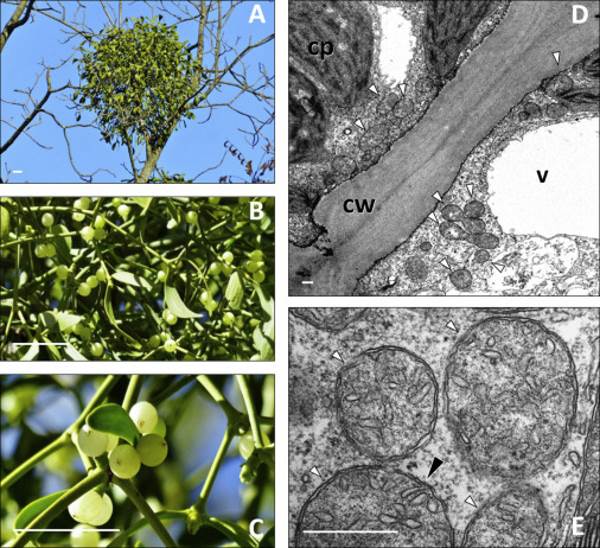Mistletoe is a mysterious parasitic plant, once considered magical by Celtic druids. Today it is a medicinal plant, but also a popular Christmas decoration, here's what the researchers found in a new study analyzing its breathing.
He is about to end up run over, his mother saves himIl mistletoe is a mysterious parasitic plant, in the past considered magical by the Celtic druids. Today it is a medicinal plant, but also a popular Christmas decoration, here's what the researchers found in a new study analyzing its breathing.
The mistletoe prefers to grow on the young branches on the top of the canopy, being a parasite, it disturbs the growth of the host trees, which weaken due to the shortage of water and nutrients. In fact, it derives much of its nutritional needs from its host.
How does it work? Parasitic plants have modified roots that penetrate the host, allowing it to extract its water and nutrients. However, over the years, mistletoe appears to have developed another intriguing adaptation.
All known multicellular organisms, both plants and animals, use an enzyme called an enzyme to breathe Complex I, but this component is missing in the European mistletoe (Viscum album). It appears that over millions of years of evolution, it has found another way to produce energy for breathing.
“We had shown in our studies that the genes responsible for making Complex I were missing, but we thought they might have moved to other parts of the genome. We were amazed to find instead that mistletoe managed to do without this metabolic mechanism that was thought to be essential for all multicellular organisms, "he explains. Andrew Maclean, a doctoral student at the John Innes Center and lead author of the study published in Current Biology.
Scientists don't know for sure why and how this happened, but it probably has something to do with the parasitic nature of the mistletoe. The plant probably compensates for its breathing by feeding on its host.
“The parasitic mistletoe gets a lot of nutrition from its host, so maybe it doesn't need a high breathing capacity,” Maclean continues.

This new perspective offers a unique scenario on the evolution of parasitic plants, but it is not yet clear whether others have developed a similar mechanism. We know, in fact, that mistletoe is not the most dangerous, but some of its relatives can be devastating and understanding their biochemical mechanisms could one day help us better protect crops.
Mistletoe is often thought of as pests that kill trees and natural habitats, but recently some species have been recognized as key species, positively impacting their ecosystems.
For example, the mistletoe that sticks to junipers causes more berries to grow which then feed the birds, creating a virtuous chain of sustenance. This interaction is the demonstration that although the mistletoe feeds on the juniper, at the same time, it contributes to its spread and the growth of biodiversity.
Read also:
Protein that makes plants breathe underwater discovered
Dominella Trunfio


























